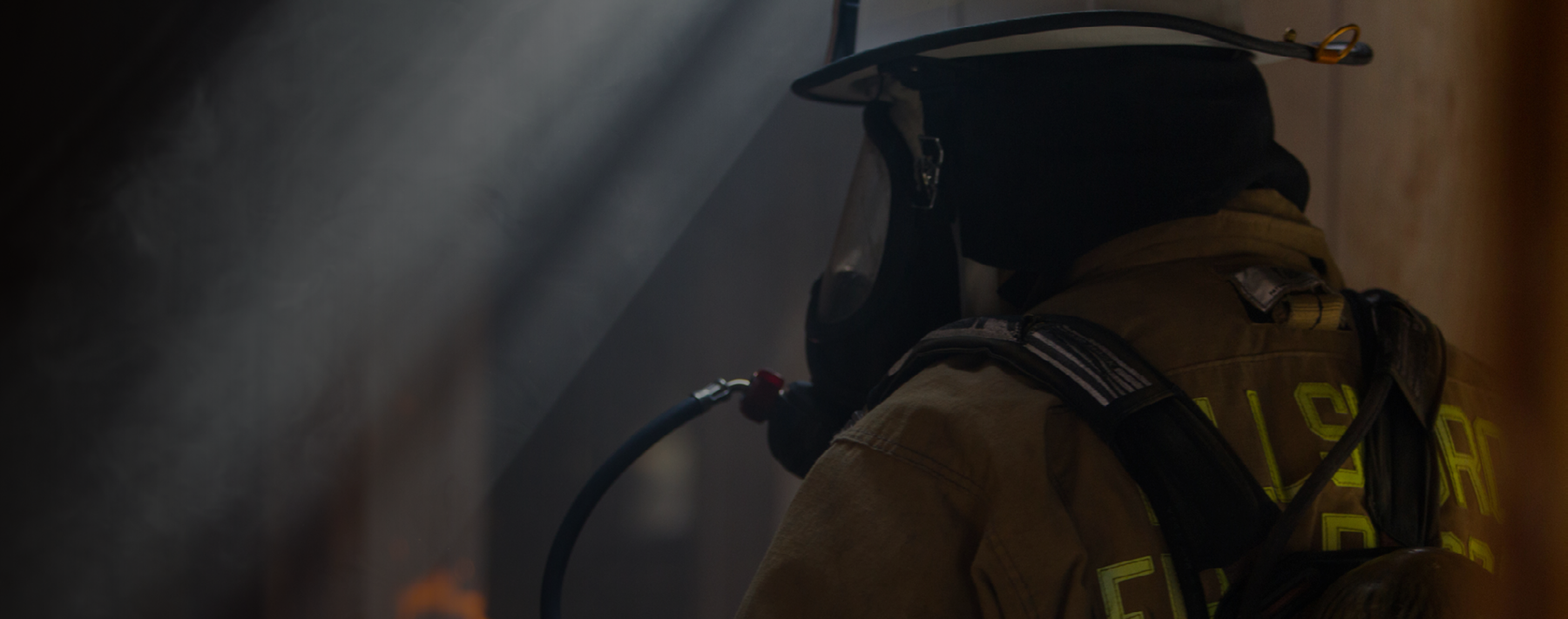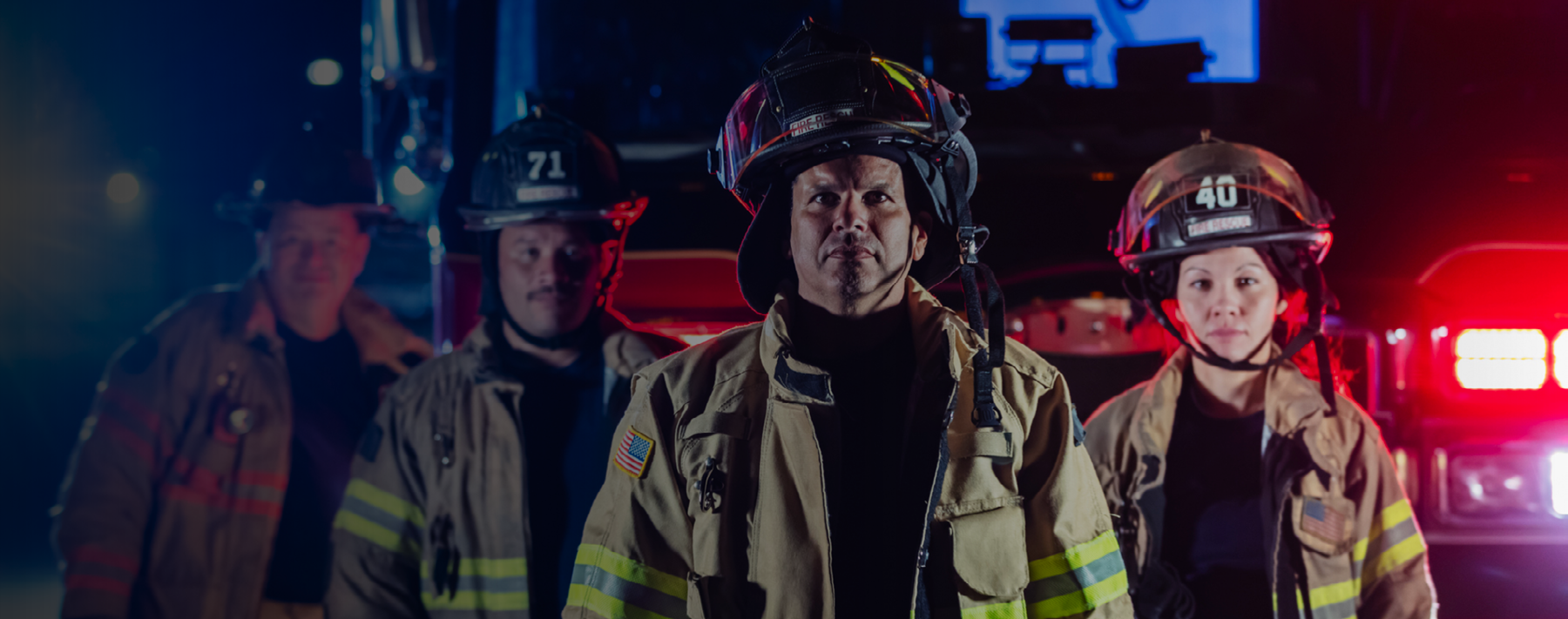 Public safety has always been a stressful career. But over the past few years, there’s been increased recognition about the mental and emotional stress police officers, firefighters, and corrections officers face. If the stories on public safety websites and the sessions at conferences across the country are any indication, more and more departments are realizing that helping their personnel manage the stresses of the job is essential to organizational success.
Public safety has always been a stressful career. But over the past few years, there’s been increased recognition about the mental and emotional stress police officers, firefighters, and corrections officers face. If the stories on public safety websites and the sessions at conferences across the country are any indication, more and more departments are realizing that helping their personnel manage the stresses of the job is essential to organizational success.
For many public safety agencies, peer support is a big part of this effort. The model is fairly simple: Department members with special training provide outreach and support to their peers, under the guidance of a qualified mental health practitioner. Being able to talk confidentially with a trusted co-worker can help department personnel cope with a particularly traumatic call, the emotional exhaustion that can come from repeated responses to stressful incidents, or even non-work issues such as marital or financial problems.
But what about the peer support team members themselves? How do public safety agencies protect team members from getting burned out? Does having a peer support function in place put agencies at liability risk?
In a recent webinar, Lexipol co-founder and risk management expert Gordon Graham and Critical Incident Stress Management trainer and consultant Jessbir Ram explored these issues and more. Graham and Ram lay out six steps that can help departments build and maintain successful peer support teams:
1. Select the right members to serve on the team. Not everyone is cut out to serve in the peer support function. For that reason, it’s important to have a detailed screening process, including interviews and letters of recommendation. Above all, team members must be trusted by their peers and able to maintain the strictest levels of confidentiality. It’s also important to consider recent traumas a candidate has suffered. While experiencing trauma can make a peer support team member more empathetic and relatable, if they cannot maintain the proper emotional distance, they may become re-traumatized by serving on the peer support team.
2. Provide good training. Team members must go through training before joining the team, but ongoing training is equally important, on topics such as confidentiality, domestic violence, grief management, and self-care. For training to be effective, it must provide time for participants to practice what they’re learning. Choosing an instructor who can relate to the audience is also key.
3. Fight stagnation. Sometimes there’s a lot of energy around the formation of a peer support team, only to have the momentum die out a few months later. Departments can avoid this by providing team members appropriate time to fill their duties, encouraging connections between the team and other like programs, and addressing under-utilization of the team’s services.
4. Monitor team members’ mental and emotional health. Serving on a peer support team can be emotionally taxing. Leaders must institute checks and balances to ensure team members are maintaining appropriate balance. The mental health provider overseeing the team should conduct regular check-ins, especially after a traumatic incident, as well as a required annual individual check-in. It’s also important to keep tabs on the number and types of calls each team member responds to. You don’t want one person taking all the burden.
5. Establish standards and protocols to run the team. Peer support requires written policies just like any area of public safety. Having written standards and protocols provides protection and direction for the agency and the individual team members. Areas to address include selection screening process, team member roles, confidentiality limitations, mandatory reporting situations, relationship restrictions, and referral guidelines. Law enforcement agencies must pay special attention to guidance for peer support team members who respond to officer-involved shootings and other use of force investigations, as state laws can limit confidentiality in these circumstances.
6. Provide leadership support to the team. While peer support is a grassroots activity, it requires top-down support to thrive. Leaders should commit to supporting the team financially, work to inform stakeholders about the importance of the team and encourage all members to access the team’s services.
With the right resources, care and training, peer support can be a vital aspect of a public safety agency’s wellness program. Want to learn more? Watch the on-demand webinar here.



